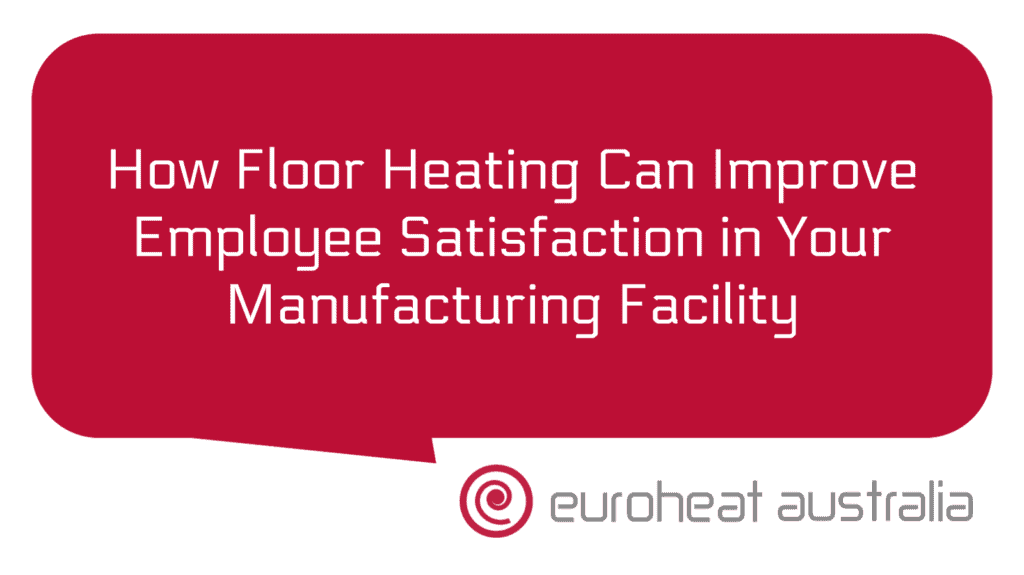If you’re looking to heat and cool your home, you’ve probably heard the term “geothermal” thrown around. But what is it exactly, and how does it compare to electric heating and cooling?
Put simply, geothermal is energy from the ground. It uses a system of pipes buried beneath your property to transfer heat from the ground. This heat can then be used to warm your home in winter and cool it in summer.
Geothermal has many advantages over electric heating and cooling. For one thing, Geothermal systems are incredibly efficient — they extract more energy than they use in order to operate. This means that you could save up to 70% on your annual energy bills by switching to a geothermal system! In addition, Geothermal systems require little maintenance and last for decades — so once you install one, it could last you for the rest of your life!
Geothermal systems also have environmental benefits — as they don’t produce any emissions or waste products. This means that if you switch to a geothermal system, you can reduce your carbon footprint significantly!
But while Geothermal systems are incredibly efficient, they aren’t cheap. Installing a geothermal system will typically cost around $6,000-$10,000 AUD upfront — although this cost can vary depending on the size of your property and the complexity of the installation. However, if you do go ahead with installing a geothermal system, this cost should be offset by the long-term savings on your energy bills over time.
If you’re considering installing a geothermal system for your home in Australia, Euroheat Australia can help. They are Perth-based engineers and installers with 30 years of experience in designing and constructing hydronic heating & cooling systems — so you can trust that their work is top-notch! Plus, Euroheat offers design services tailored specifically for Australian homeowners — so whether you need advice on choosing the right system or want help with finding an installer in your area — Euroheat are here to help!





